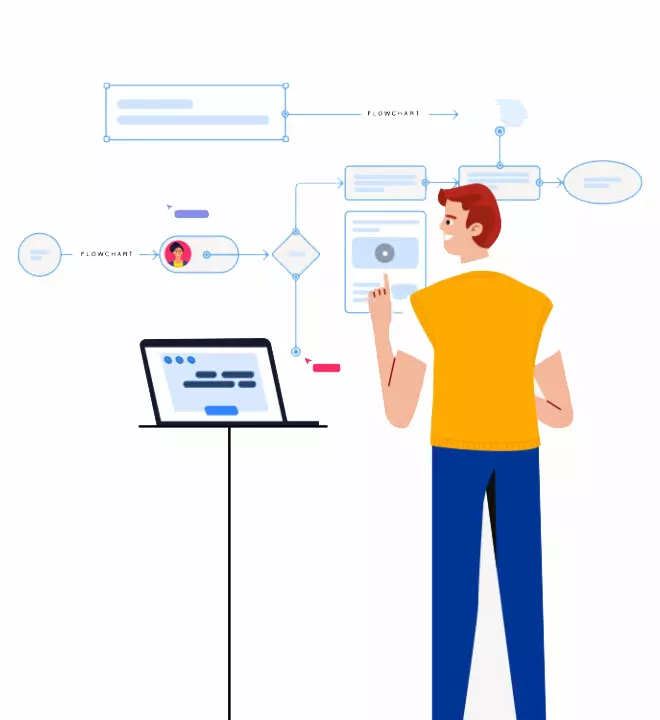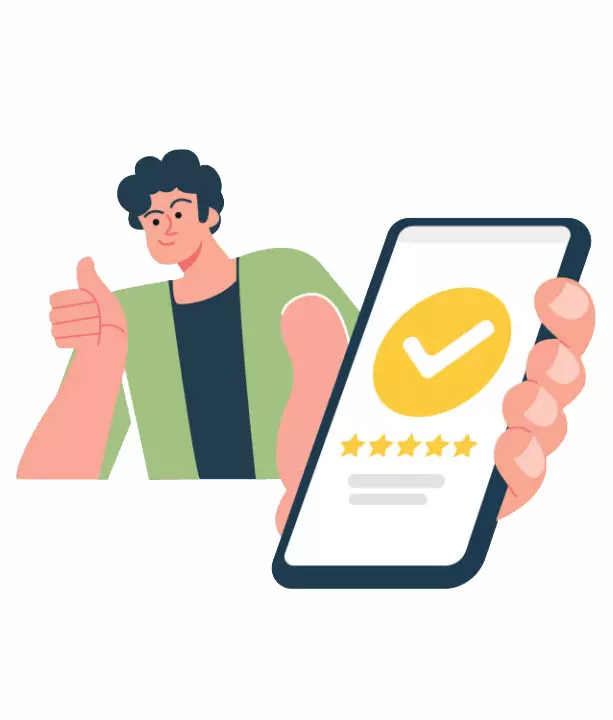Companies that focus on a consumer-centric approach are 60% more profitable than ones that do not.
Consumers are always more drawn to businesses that focus on them. The best way to keep, build and grow your customer base is to engage with them. But what is customer engagement?
To put it simply, customer engagement is an interaction between a company and a customer. This is a broad definition and one that can be both negative and positive. Good customer engagement focuses on bringing customers what they want and need.
Stages of Customer Engagement

It is generally accepted that there are five stages to customer engagement. The goal is to have a customer engage through all the stages. This reinforces the positive experience and bond between the company and the customer.
Engagement Stage
They begin simple, with a basic point of contact known as the engagement stage. This is when you make contact, reach out and communicate or become aware of one another.
Discovery Stage
The second stage is the discovery stage. This is where you learn about the customer, finding out what they’re interested in. At this point you can tell if they fit the persona of a typical customer, or if they are an outlier that may require more attention and engagement.
Shop Stage
The next stage is the shop stage. This is where a customer begins to look at products and services offered by a company. They will browse and research, looking for what they want and need. The more efficient the engagement, the faster they will find what they want.
Buy Stage
The fourth stage is the buying stage. This is where a customer makes the decision to purchase a service or product that is being sold. This is what makes a customer a customer, from a visitor to a participant in the success of the business.
Own and Advocate Stage
The fifth stage is the own and advocate stage. This is where a customer has purchased something from a business, and champions that purchase to their friends and family. They may write social media posts, defend the company when it is challenged, and be a loyal customer in the future.
The dream of every company and marketing team is to convert every single lead into a loyal advocate for the company. This is the best way to not only increase sales, but it will spread brand awareness and accomplish many goals simultaneously.
The Four Types of Customer Engagement
Now that you know what the stages of engagement are, what are the different types of engagement you’ll see? Broadly speaking, they are categorized into four types of interactions.
These are the four basic types of engagement that increase positive customer engagement and experience.
Contextual Engagement
In so many areas of life, context is king and engagement is no different. A skilled marketer is given context by studying customer behavior and understanding what those behaviors say about them. They can then use this information to make meaningful engagement that helps and benefits the customer relationship.
Convenient Engagement
An engagement of convenience is one that is done because it is so easy. This category covers any interaction that is simple and convenient and which increases a company’s knowledge about their customer. What they want to buy, how much they want to spend, what features they seek, etc.
Emotional Engagement
Perhaps the most powerful type of engagement, as we are all emotional beings at heart. Appealing to emotions during engagement is the best way to enhance the experience and drive customer loyalty. People are more loyal to companies and brands that they care about.
Social Engagement
Social engagement covers the real-time social interaction and engagement that is seen on social media, Twitter, and other platforms. This is where a successful strategy can lead you to have direct influence over customer decisions and product buying. This engagement continues before and after a sale, creating a safe and productive relationship.

Why Is Customer Engagement Important?
For most consumers, the quality of their interactions with a company is equal or more important to the quality of service or goods they purchase. This means that engagement is one of the most important aspects of building a positive relationship with customers.
In the modern, digital marketspace a company isn’t competing against another company. You’re competing against the experiences that your customers have had with other companies. All of those experiences have shaped the modern consumer and provided them with expectations.
Customer Engagement Strategies
There are specific actions a company can take to improve their customer engagement. These can be as simple as ensuring continued contact between customers and company, to elaborate sales tailored to specific demographics and target personas.
Here are four strategies that should improve any company’s ability to engage in a positive manner with their customers. Remember, there is no prize for second place, and 17% of customers say they will walk away after a single bad experience.

1. Improve Customer Service
The point of contact that many customers have with a business is through their customer service department. This goes for people both before and after making a purchase. Positive experience with a customer service entity is a leading cause of brand loyalty in the United States.
More than ever before, customers are becoming familiar with being catered to. Major companies spend enormous amounts of money researching and understanding their customers. This is why they can provide them with online marketing materials with incredible accuracy.
Here are some steps you can take to improve your customer service:
- Ensure response times are low, as close to immediate as possible
- Tailor offers and website experiences to the consumer individually
- Always engage in a positive and productive way with your customers
- Follow through on complaints and services, like refunds and returns
- Treat customers like people, not like numbers
2. Conversational Marketing
The recent growth of intelligent chatbots is directly tied to the enormous success of conversational marketing. Conversational marketing emphasizes an approach that is consumer-centric and focuses on dialogue and interaction to drive sales. In a way, it is the modern equivalent of an old-time salesperson.
Conversational marketing has become the go-to strategy to use when wanting to increase customer engagement. This in turn has provided companies with increased loyalty, increased revenue, and improved customer experience.
Here are a few examples of conversational marketing that can be integrated into any website or business model:
- Intelligent chatbots to help curate a customer’s experience
- Dialogue with a salesperson or knowledgeable individual
- Facebook Messenger Bots, also increases social media exposure
- Live Chat features


3. Customer Code
Create a code of behavior and principles that govern all interactions between the company and the customer. This will improve customer engagement by making it more predictable and will help to humanize the brand as well through reinforcement of positive engagement.
This can also help customers feel confident and safe, knowing that data won’t be abused. They can even connect with the company on a moral level. Do not violate your own customer code, or else it will ruin the work you’ve put in.
Here are some examples of principles and tenets you can use in your customer code:
- Treat customers like people
- Earn attention, don’t demand or steal it
- Always use feedback and act upon it
- Own any mistake made and fix it
4. Help Customers Succeed
A company must know why people are buying its products or services. Once that information is available, it can be helped to greater success. Target pain points and solve problems before they arise for the customer.
Customers want to feel like a company is on their side, not just using them for a purchase. Constantly innovate the customer experience and interface, make sure that you stay ahead of the game, not behind it. Be there for your customers when they need you.
Here are a few ways that you can help customers succeed:
- Always provide the latest and best information
- Innovate for needed, quality of life changes
- Tailor your operation to the customer, save them time and money
- Build a community where ideas and knowledge is shared

Customer Engagement
If it is done right, customer engagement will drive success and revenue faster than any other aspect of marketing. Your customers deserve the very best service and experience, and if you give it to them you will be rewarded.
